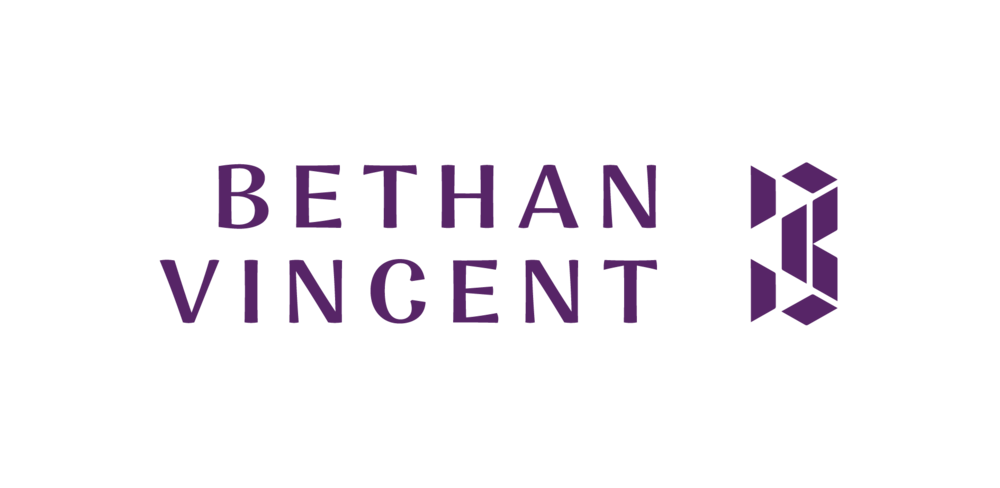“You can have data without information, but you cannot have information without data.”
Validation.
It's a single word, but probably THE most important concept I have come across in the past few weeks.
To validate something in a business is to test whether a business idea, or an activity undertaken by a business, is indeed solving a problem, or solving it in the best way. This can also be applied to bloggers, who are almost always solving a problem through their content (providing honest reviews of products, personal advice, tutorials etc.)
Everyday we have to make decisions within a business or blog - what products to sell, who to market to or what kind of content should we write!? Often these decisions are made using a gut feeling, or assumption, without any meaningful data to back it up. Going through a validation process goes a long way to cut out some of the inevitable human bias and error when it comes to assuming a chosen solution is the best one.
The team at Entrepreneurial Spark are so so so hot on validation as a tool and constantly push us all to validate every idea within our business. This ensures that we are constantly looking at ways we can improve and develop in a considered and targeted way.
Here is a little example I have developed to walk you through a simple validation framework and hopefully show why testing your assumptions is time well spent!
This example is fictitious, but is based on a scenario I have come across in one of my businesses
1. What is the problem, you need to drill it down to the core! Think simplest common denominator
How do I get more likes on my blog’s Facebook page!?
But behind this, the core of the problem is engaging with fans of my blog
2. Who has the problem
Me and my blog, but perhaps also people interested in my blog who would like to connect more with me
3. What are all the assumptions you have made about problem
That my target audience even use Facebook, or use it to connect with blogs – perhaps they prefer twitter?
That more likes equals more engagement
4. Can any of these assumptions can be measured easily and quantifiably?
I can ask people to find out where they like to follow the blogs they like
5. Choose the methods you will use to gather insight and who you want insight from
A simple poll or survey on my blog, because I want the opinion of people who read my blog!
6. What does a successful test look like
I will be able to clearly see which channel readers of my prefer and I think a target sample of 80-100 respondents will be enough to prove this
7. Run test
I put the poll up for a week and get 88 respondents
8. Analyse results
Let’s assume that only 10% of the blog readers actually say they use Facebook to get more information about blogs they like, however a majority of 60% like to use Twitter.
9. Use results to make informed decisions and an action plan for moving forward
This test clearly shows that I should focus more of my efforts on engaging with my blog readers on twitter.
Why this process is so important
From the test above we can see that actually the initial problem I had come up with wasn't the problem that actually needed to be solved.
By thinking that Facebook likes were the way to go, I had already come up with a solution, without really thinking about the real problem.
As the Entrepreneurial Spark team say - you've got to fall in love with the problem and resist the urge to solutionize it!
By testing my assumptions, I was able to develop real evidence to back them up, or in this case, discredit them!
Instead of trying to solve my solution (Facebook) I worked out how I could break down my problem (engagement) and measure an key assumption I had made about it (what channels are best for engagement.)
Testing this assumption actually delivered an actionable result. However if the results are inconclusive or you feel your data isn't strong enough, don't be afraid to try a different method of capturing data.
It also might be worth testing alternative assumption that you have made about your problem to gain a more conclusive set of results.
The most important thing though is to keep on testing.
People and business environments are constantly in a state of flux, which means a proven assumption made a year ago may well be out of date.
Let's say I focused my blog strategy on engaging with my readers on twitter, however after a while I find this strategy performing less well. At this point, I need to go right back to my original question and begin the process again, as it may be that readers have shifted to another platform.
The process I have outlined above can be used on pretty much any problem, as long as it involves a measurable metric.
Now, I'm going to set you some homework!
I want you to go away and try the validation process outlined above by applying it to the biggest problem in your business or blog.
Remember, don't solutionize!
Really get to grips with the core premise of your problem and work from there to develop a list of assumptions. You then need to identify what's measurable, run a successful test, then use the results to develop a strategy!
I really want to hear how you get on with this, so let me know in the comments!











